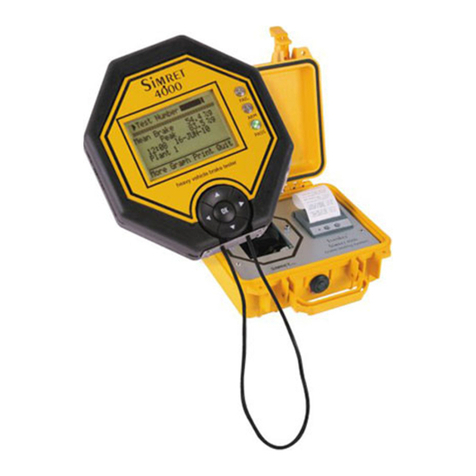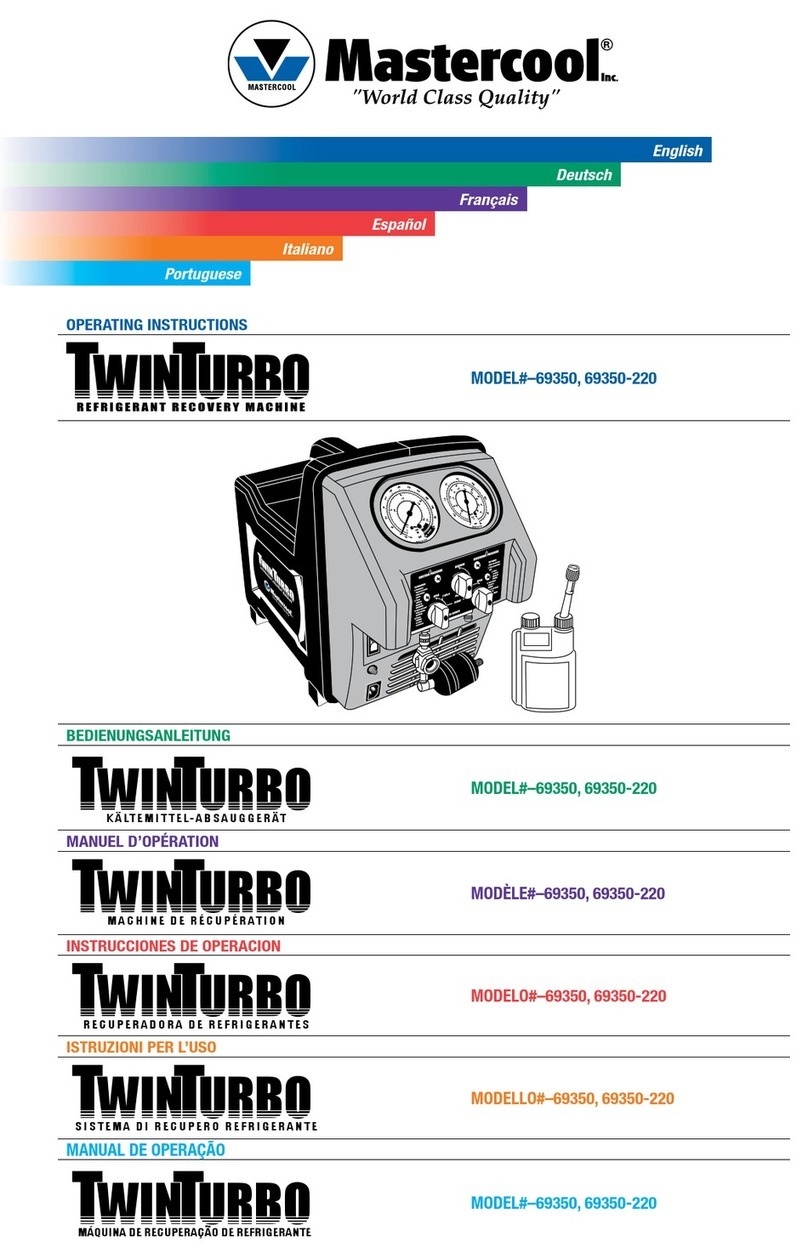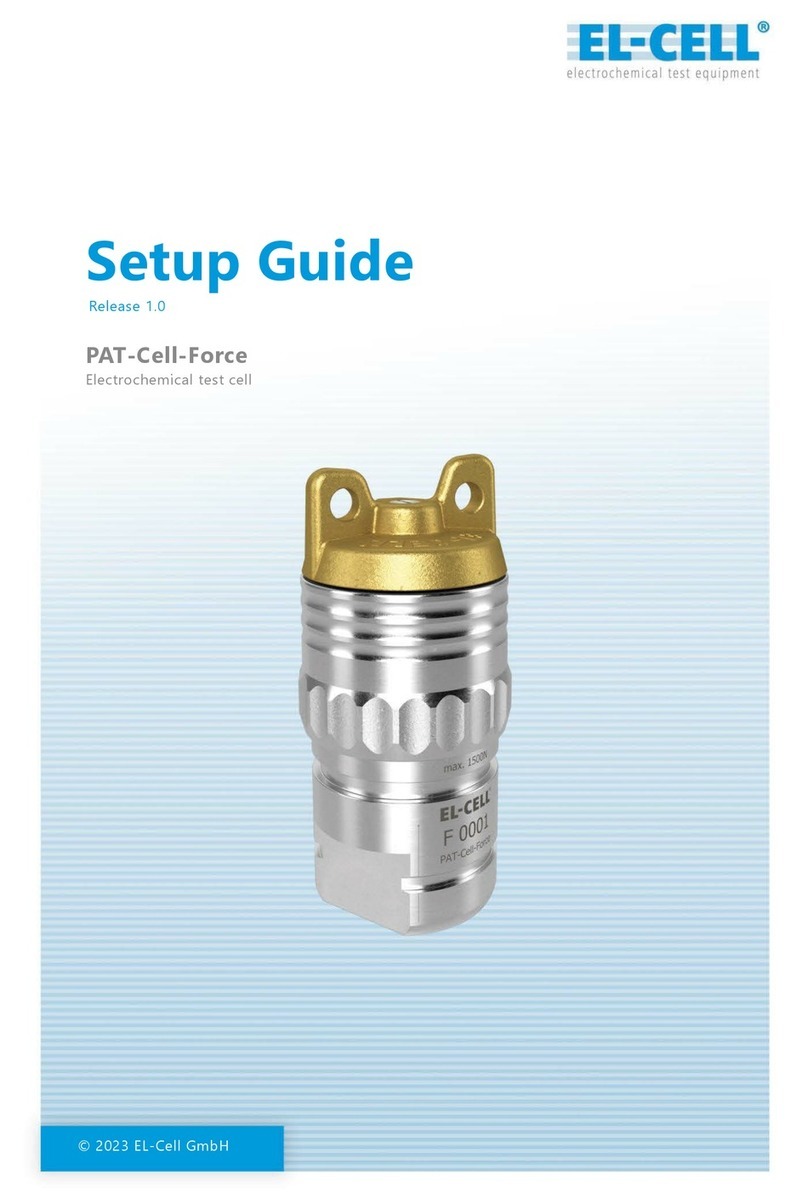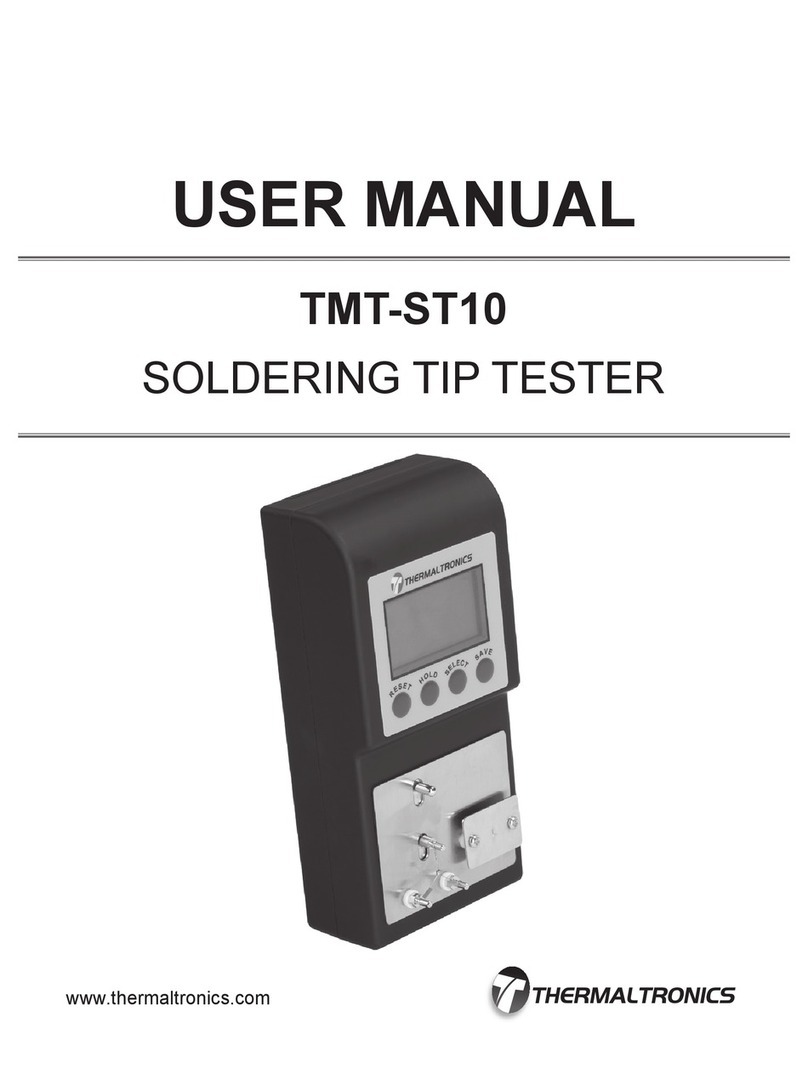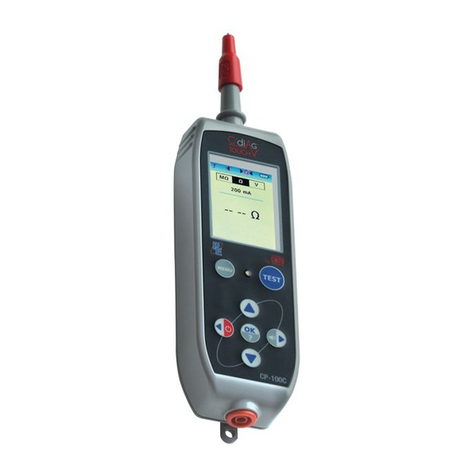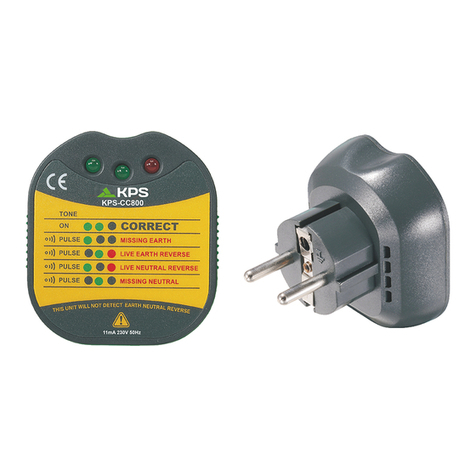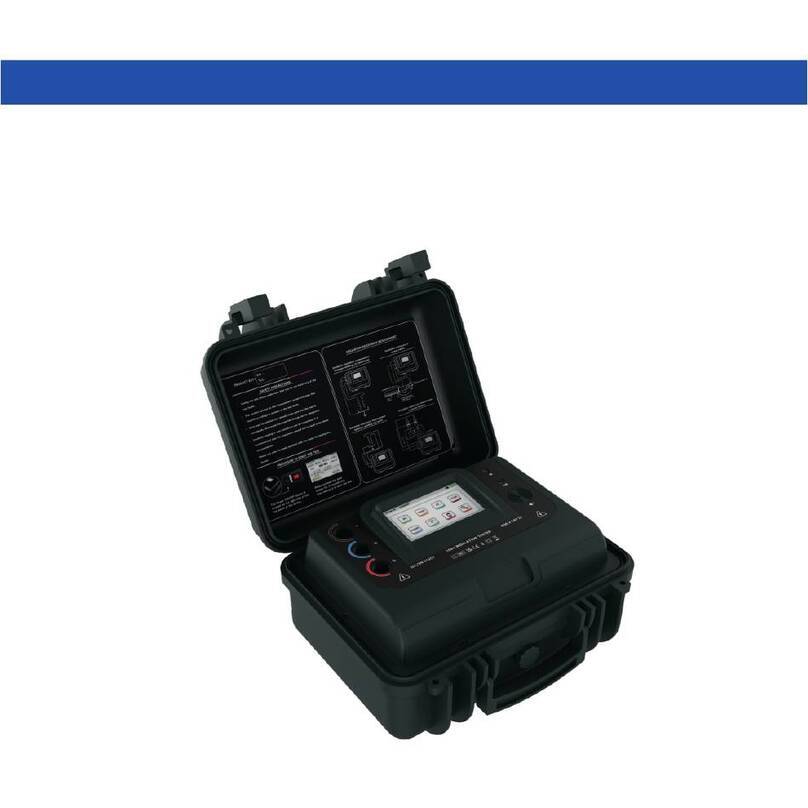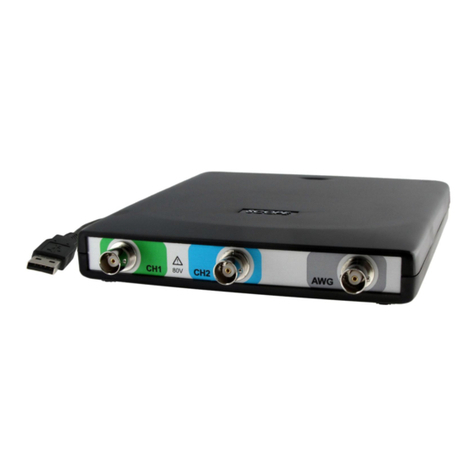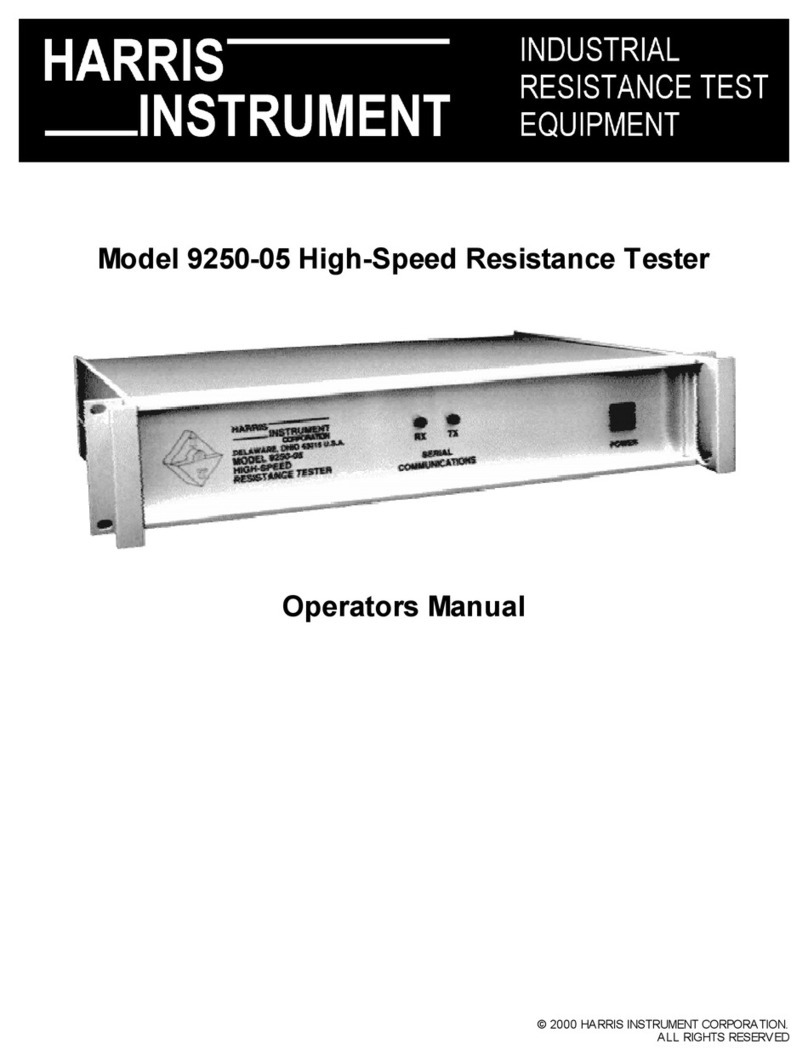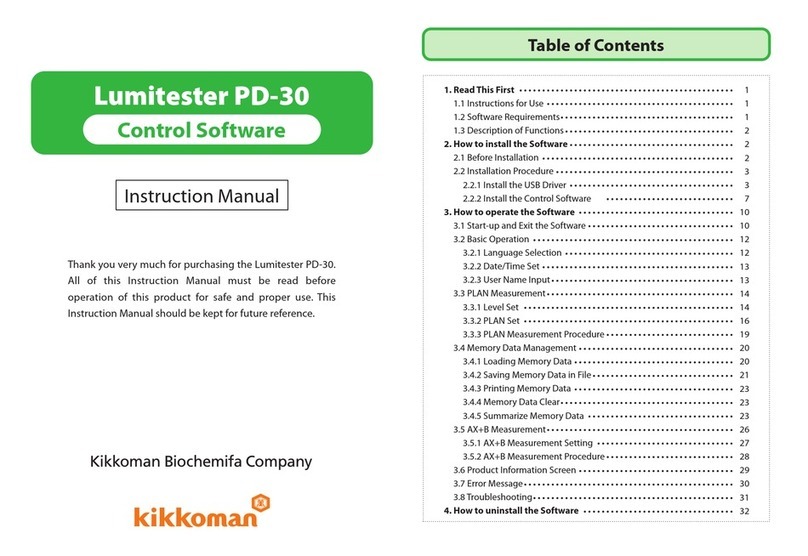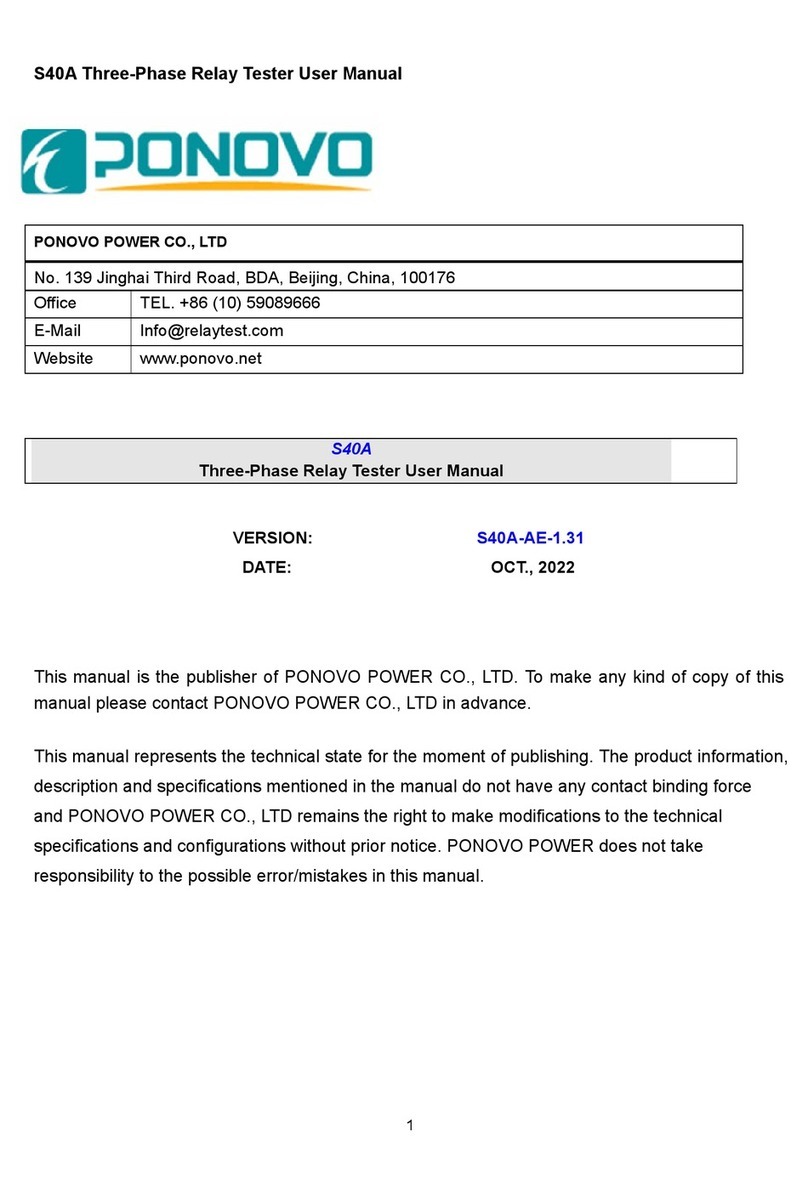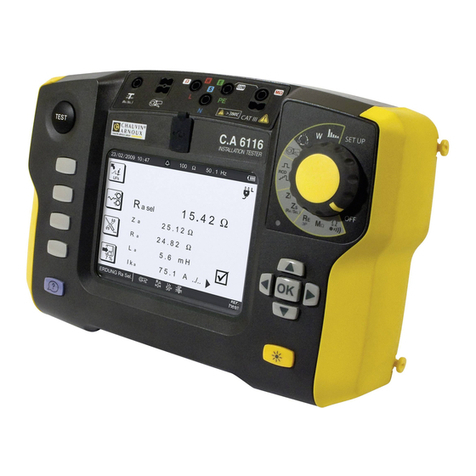MX3 Hydration Testing System User manual

MX3 HYDRATION
TESTING SYSTEM
USER MANUAL
mx3diagnostics.com

Table of
Contents
Welcome 2
Intended Use 4
The MX3 Hydration Testing System 5
First Time Setup 10
Loading the MX3 Dispenser 11
Taking Measurements 12
Recommendations 15
Sample Collection Tips 17
Interpreting Measurements 18
Baseline Measurements/
Optimal Hydration Zone (OHZ) 19
FCC Compliance 22
Warranty 23
Technical Specications 24
Medical Disclaimer 24
Contact Us 25

Welcome
Thank you for choosing MX3 Diagnostics!
This manual will guide you through the basics of how
to use the MX3 Hydration Testing System (HTS) for
measuring and tracking hydration status in teams,
training groups and individual athletes.
The MX3 HTS is designed knowing our customers will
benet from performing laboratory-grade hydration
testing anywhere, anytime.
Our system will transform how you think about
hydration in order to optimize performance and improve
overall health and well-being.
The MX3 Diagnostics Team
3

Intended Use The MX3 Hydration
Testing System
The MX3 HTS allows you to
easily measure an athlete’s
salivary osmolarity (SOSM) in
seconds, anytime and anywhere,
using a microliter of saliva.
SOSM is a research-proven,
non-invasive measure of
hydration status and exercise-
induced dehydration.
Hydration measurements are
viewed in real time directly
on the MX3 LAB or App and
uploaded wirelessly to the
MX3 Portal for a more detailed
analysis. The MX3 App and
Portal have been designed for
use by professional teams and
organizations of any size as well
as individual athletes.
Continued use of the MX3
HTS will allow you to develop
athlete-specic hydration
strategies to optimize:
+ preparation
+ performance
+ recovery
The MX3 Hydration Testing System consists of six components:
1) MX3 LAB
2) MX3 Hydration Test Strips
3) MX3 Dispenser
4) MX3 App
5) Charging Cable
6) MX3 Portal (on personal device)
MX3 LAB
MX3 Dispenser
Charging Cable
MX3 Hydration
Test Strips
MX3 App
54

Test Strip
Test Strip Port
Display
Eject Button
Charging Port
LED Indicator
Select Button
Scroll Buttons
Power Button
Wrist Strap
Eyelet
The MX3 LAB
The MX3
Hydration Test Strip
The MX3 Hydration Test Strip is a single-use biosensor that samples
saliva to determine the salivary osmolarity (SOSM) and hydration
status of an athlete.
76
The MX3 LAB is a powerful handheld device capable of laboratory-
grade analysis. Simply insert a test strip, take a small saliva sample
and get your actionable results in seconds.
This product complies with FCC
Part 15.247 as a DTS device.
For further information see
page 22.
The MX3 Test Strip Dispenser
stores up to 45 sterilized test
strips. It provides a clean, easy-
to-use solution, minimizing
potential contamination from
manual handling.
The MX3 Test Strip
Dispenser

998
The MX3 App The MX3 Portal
The MX3 App, available on iOS and Android, tracks and analyzes
hydration measurements. The App displays customized information
for coaches, trainers and athletes, showing the most important
information for each level of user.
The MX3 Portal is a centralized database of all hydration
measurements collected by an organization. The portal can
be used to add new teams, analyze measurement data and
generate reports.
9

First-Time Setup
Before using the MX3 Hydration Testing System, you must register
and set up your MX3 Account.
A video demonstrating how to load the MX3 Dispenser can be found
at mx3diagnostics.com/resources
Loading the MX3 Dispenser
10 11
Open Dispenser
Open Test Strips
Keep base tilted up to prevent
strips from sliding out.
Insert Test Strips at
Upward Angle
Remove Test
Strip Holder
Push Tabs to
Release Spring
Push Down Spring
Until It Locks
Tilt Dispenser Up, Allowing Test
Strips to Slide into Dispenser
Close
Dispenser
2
1
4
68
3
5
7
Pull Holder with Test Strips
down from MX3 Cover
Test Strips may Fall!!!
Pull Holder with Test Strips
down from MX3 Cover
Test Strips may Fall!!!
Pull Holder with Test Strips
down from MX3 Cover
Test Strips may Fall!!!
Pull Holder with Test Strips
down from MX3 Cover
Test Strips may Fall!!!
Pull Holder with Test Strips
down from MX3 Cover
Test Strips may Fall!!!
Pull Holder with Test Strips
down from MX3 Cover
Test Strips may Fall!!!
Pull Holder with Test Strips
down from MX3 Cover
Test Strips may Fall!!!
Account Registration
To sign up for an account visit portal.mx3diagnostics.com
MX3 offers three account types. Select one that best describes how
you will use your MX3 Hydration Testing System.
App Access/User Registration
If you selected “Large organization/Professional Team”
during account registration, you will need to set up teams,
coaches, trainers and athletes in the MX3 Portal before use.
If you selected “Small Organization/Small Team” during
account registration, you can now access the MX3 Portal or
App using your username and password. You can set up athlete
accounts using either the MX3 Portal or through the MX3 App.
If you selected “Individual” during account registration, you
can now access the MX3 Portal or App using your username
and password. You can also access the MX3 Portal to view
and export past measurement data.
For information on how to set up user accounts and use the MX3
Portal, visit mx3diagnostics.com/resources
Download the MX3 App
To download the MX3 App, search for “MX3
Diagnostics” in the iOS App Store or Google Play Store.

Taking Measurements
Use the scroll buttons to
highlight APP and press
Select.
1
12 13
Result will be displayed on both
the LAB and the MX3 App.
5
Ensure Bluetooth is enabled
on your phone or tablet.
Open the MX3 App and tap
the icon or the Take a
Measurement button to initiate
a measurement.
3
Follow the prompts to connect
your MX3 LAB to the MX3 App.
Insert a Hydration Test strip.
2
Press the Eject Button to eject
the test strip.
6
Swallow saliva in mouth
and generate fresh saliva.*
Tap the tip of the test strip
against the saliva sample at an
approximately 30° angle until a
tone sounds.
4
*See Page 17 (Sample Collection Tips)
30°
The MX3 LAB may also be used in LOCAL
mode to take measurements without using
the App. LOCAL mode measurements are not
recorded or stored in the App or the device
itself, but allows readings to be made when
a smartphone/tablet is unavailable. To take a
measurement in LOCAL mode, turn on the MX3
LAB, scroll to highlight LOCAL, press Select and
follow the process for taking a saliva sample.
The reading will be displayed on the screen.
Local Measurements
For FAQs and Troubleshooting guides visit
mx3diagnostics.com/resources
FAQs and Troubleshooting

MX3 technology combined with a hydration protocol will
allow athletes to assess hydration, prepare for competition or
training, perform at their best, and recover fully. Follow these
recommendations to benet most from MX3:
The MX3 Hydration Testing System (HTS) classies hydration status
into four possible categories: hydrated, mildly dehydrated, moderately
dehydrated and severely dehydrated, by measuring salivary
osmolarity (SOSM) based initially on populational hydration data
from users of our system.
We recommend athletes use the baseline feature within the MX3 App
to establish their personalized Optimal Hydration Zone (OHZ) (see
page 19) corresponding to their fully hydrated state. By establishing
an athlete’s OHZ, the MX3 App then customizes hydration status
classications based on their unique hydration prole.
MX3 Recommendations for
Hydration Tracking
Assess
+ To maximize the use of the MX3 HTS, athletes should rst establish
their OHZ. Routine measurements will give each athlete deeper
insight into their personal hydration uctuations and highlight days
when an athlete requires additional hydration.
Prepare
+ In preparation for competition or training, we recommend athletes
measure their SOSM the day before training (or at least 4 hours
before training/game) to ensure the athlete has enough time to
hydrate if their SOSM score is higher than their OHZ.
+ Athletes who are consistently above their OHZ before training may
be more susceptible to dehydration and therefore may require
additional uid intake during training and competition. They should
also be encouraged to increase their uid intake outside of training
to improve preparation and recovery.
Perform
+ After training, athletes’ SOSM scores are likely to increase as they
typically will not be able to offset all uid losses that have occurred
during training. When SOSM scores increase by more than 100%
after exercise when compared to OHZ or pre-exercise measurement,
uid intake during training or competition has been insucient.
14 15
MX3 Hydration
Testing System
Recommendations 15
Sample Collection Tips 17
Interpreting Measurements 18
Baseline Measurements /
Optimal Hydration Zones (OHZ) 19
(continued on page 16)

12
Sample Collection Tips
For a visual guide, see the
instructional videos available at
mx3diagnostics.com/resources
To optimize the accuracy of
measurements taken with the
MX3 System, we highly
recommend the following:
+ Always have an athlete swallow all
saliva and generate a fresh sample
before each measurement.
+ Ensure an athlete did not eat or
drink anything 5 minutes prior to
taking a measurement.
+ Ensure a good amount of saliva is
present on the athlete’s tongue.
The tongue should be noticeably
wet. If insucient saliva is present
for the sample, ask the athlete
to swallow and generate a fresh
sample. Insucient saliva can
result in an error.
+ Always avoid bubbly areas of
saliva when collecting a sample.
Collection of bubbles can result in
an error or less accurate reading.
+ Do not cover the top of the test
strip with saliva or a tongue. It is
important to ensure saliva or any
part of the mouth does not
cover the exit pore. The easiest
way to ensure this is to sample
with the LAB and test strip
angled downwards.
+ Tapping on the saliva with the
test strip will lead to a quicker
measurement as it aids the uptake
of saliva into the test strip.
+ If saliva sample is too viscous,
we recommend using the MX3
sample tray to collect saliva
and taking a measurement from
there. This will facilitate making
the measurement. If still dicult,
ask the athlete to drink a small
amount of water, wait 5 minutes
and remeasure.
Exit Pore (DO NOT SUBMERGE OR COVER)
16 17
+ When an athlete consistently increases their SOSM by more than
100% post-exercise, encourage the athlete to actively increase their
uid intake in subsequent training sessions.
Recover
+ In the hour(s) and or days following competition and training
sessions, athletes should rehydrate and monitor their SOSM.
+ Athletes should be re-tested periodically until their SOSM scores
return to within or close to their OHZ/Pre-Training Score (±
15mOsm). Where an athlete regularly does not achieve full recovery
of their SOSM several hours after training or by the following day,
advise the athlete to increase uid rehydration during recovery.
• For athletes who consistently do not recover their SOSM in a
reasonable amount of time, consider utilizing uids for recovery
that contain additional electrolytes and/or carbohydrates to boost
speed of rehydration and recovery.
30°

In basic terms, SOSM values increase as dehydration increases, and
they decrease as hydration status improves. Most athletes will exhibit
a gradual increase in SOSM as they exercise.
While comparison of SOSM measurements with population averages
can provide an estimate of hydration status, every athlete’s SOSM
range and hydration response is unique. To provide the most
accurate hydration analysis, SOSM measurements should be
compared against an optimal hydration zone determined by Baseline
measurements (see page 19).
The interpretation of measurements is dependent on the context in
which they were taken.
Interpreting Measurements
+ When measuring at rest or
immediately before exercise,
a dehydrated measurement
suggests an athlete is not regularly
drinking enough uid to be fully
hydrated and should increase daily
uid intake.
+ If measuring immediately after
exercise, a severely dehydrated
score suggests that uid intake
during exercise has been
insucient to avoid signicant
dehydration. In this scenario, an
athlete should continue to hydrate
with uids and monitor SOSM over
a period of hours until an athlete’s
SOSM reading returns to within
15mOsm of an athlete’s optimal
hydration zone (OHZ).
+ When measuring in the hours
following exercise, dehydrated
readings suggest that additional
uid intake is required to recover
from uid losses during exercise.
Fluid intake should continue
(at a sensible rate) until SOSM
measurements are within
15mOsm of an athelete’s OHZ.
18 19
Baseline Measurements /
Optimal Hydration Zone
The MX3 HTS initially classies hydration status using
populational data.
While comparison of SOSM measurements with population averages
can provide an estimate of hydration status, every athlete’s SOSM
range and hydration response is unique. To provide the most accurate
hydration analysis, SOSM measurements should be compared
against an optimal hydration zone (OHZ) determined by carrying out
Baseline measurements.
An athlete’s OHZ is also displayed on the results bar after taking
a hydration measurement. This allows an athlete to PREPARE for
training or a game by targeting their personal OHZ or to RECOVER
after the game by rehydrating and assessing hydration status until
their SOSM returns to a value that is close to or within their OHZ.
To add a measurement to an athlete’s
baseline, click the ADD TO BASELINE
Button on the measurement result page.
A minimum of 6 baseline measurements is
needed to calculate an OHZ.
Prior to taking a baseline measurement,
we recommend following a hydration
protocol to ensure an athlete is well
hydrated. A recommended example
protocol can be found on page 20.
If following our suggested hydration
protocol is not feasible, an athlete or
trainer may choose instead to dene
readings as baseline measures when
they feel water consumption has been
adequate to achieve a fully hydrated state.

Example Baseline Protocol Notes
Day 1
+ Consume 1 standard glass of
water (250 ml) every hour from
9/10am to 5/6pm in addition to
any water typically consumed
during or after exercise.
+ Limit alcohol consumption (1
standard drink) to avoid alcohol-
related dehydration affecting
baseline readings.
Day 2
+ Consume 1 standard glass of
water (250 ml) every 45mins from
9/10am to 5/6pm in addition to
any water typically consumed
during or after exercise. We
recommend conducting baseline
measures on days where exercise
is light to minimize exercise-
related dehydration increasing
baseline readings.
+ Avoid eating or drinking 15
minutes before taking a baseline
measurement.
+ Take 3 baseline readings at 12pm
and 3 baseline readings at 5/6pm.
+ We recommend not to consume
any alcohol during day 2 to avoid
alcohol-related dehydration effects.
Day 3+
+ For greater precision, repeat the process outlined on day 2 for
additional days, up to 3 days total.
20

The MX3 Hydration Testing
System comes with a 1-year
limited warranty against defects
in materials and workmanship
from the date of delivery. A 90-
day extended warranty applies to
repairs returned within the last
90 days of the warranty period.
The rights outlined here are in
addition to your statutory rights
provided by Australian or US
consumer law.
Eligible goods may be replaced
with a new or refurbished
equivalent or superior product
(where applicable). Eligible goods
may also be repaired with new or
refurbished parts or refunded at
MX3’s discretion.
This warranty will not apply to:
+ Cosmetic damage due to
regular use
+ Damage caused by
unintended use
+ Damage caused by
external causes
+ Damage caused by non-
authorized disassembly,
servicing or modication.
This warranty does not guarantee
uninterrupted or error-free
use. MX3 is not liable for any
incidental damage resulting from
defects (as limited by law).
To claim the warranty, you must
contact MX3 support at support@
mx3diagnostics.com within the
warranty period with proof-of-
purchase. If online support or
in-person service is not available,
you may be required to mail-in
your Hydration Testing System for
service. For such situations, MX3
will cover shipping to and from
your location.
For Australian Customers: Our
goods come with guarantees
that cannot be excluded under
the Australian Consumer Law.
You are entitled to a replacement
or refund for a major failure and
compensation for any other
reasonably foreseeable loss or
damage. You are also entitled
to have the goods repaired or
replaced if the goods fail to be
of acceptable quality and the
failure does not amount to a
major failure.
Warranty Information
Warranty Obligor Information
Name: MX3 Diagnostics Inc.
Business Address:
MX3 Diagnostics, Inc. c/o WeWork
801 Barton Springs Rd.
Austin, TX 78704
Email Address:
support@mx3diagnostics.com
20
FCC Compliance
This product complies with FCC part 15.247 as a DTS device.
This Device complies with Part 15 of the FCC Rules. Operation is
subject to the following two conditions:
(1)This device may not cause harmful interference, and
(2) This device must accept any interference received including
interference that may cause undesired operation.
NOTE: THE GRANTEE IS NOT RESPONSIBLE FOR ANY
CHANGES OR MODIFICATIONS NOT EXPRESSLY APPROVED BY THE
PARTY RESPONSIBLE FOR COMPLIANCE. SUCH MODIFICATIONS
COULD VOID THE USER’S AUTHORITY TO OPERATE THE EQUIPMENT.
To access the FCC
information on the
MX3 LAB, Select INFO
on the main menu. The
following information
will be displayed:
22 23

Contact Us
For further questions about the MX3 System please contact us:
MX3 Diagnostics, Inc.
c/o WeWork
801 Barton Springs Road
Austin, TX 78704 USA
MX3 Diagnostics Pty. Ltd.
Suite 43, 255 Drummond Street,
Carlton VIC 3053
Australia
For sales inquiries: sales@mx3diagnostics.com
For technical support: support@mx3diagnostics.com
Website: www.mx3diagnostics.com
MX3 LAB Technical Specications
Medical Disclaimer
+ Size 8.4 x 1.8 x 1.0 in /
214 x 45 x 25 mm
+ Weight 5.6 oz / 160 g
+ FCC Compliance 15.107, 15.109
Class A
+ Bluetooth version 5.1
+ Battery life more than 1000
measurements when fully charged
+ Battery type Single Cell
rechargeable, Li-Po, 3.7V, 1100mAh
+ Charging port USB-C
The MX3 hydration score or hydration category is not medical
advice. If you or your athletes are experiencing headaches, dizziness,
nausea or other symptoms of dehydration after exercise, please seek
immediate medical attention.
Hydration categories and advice are based off population data and
may vary from your personal hydration prole calculated from a
user’s OHZ.
24 25

mx3diagnostics.com
Table of contents


